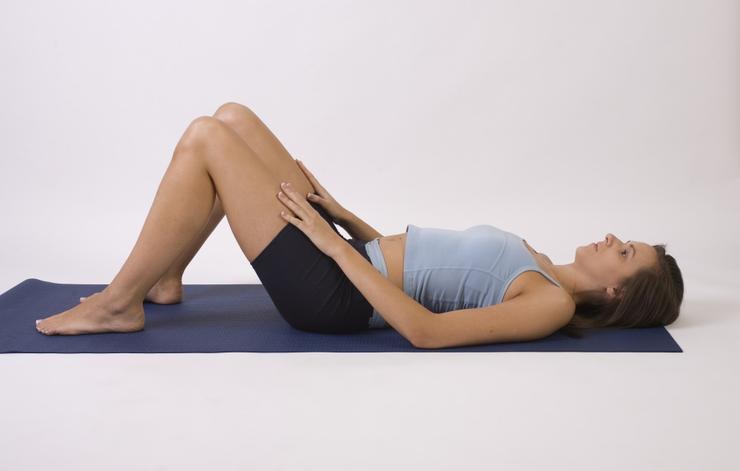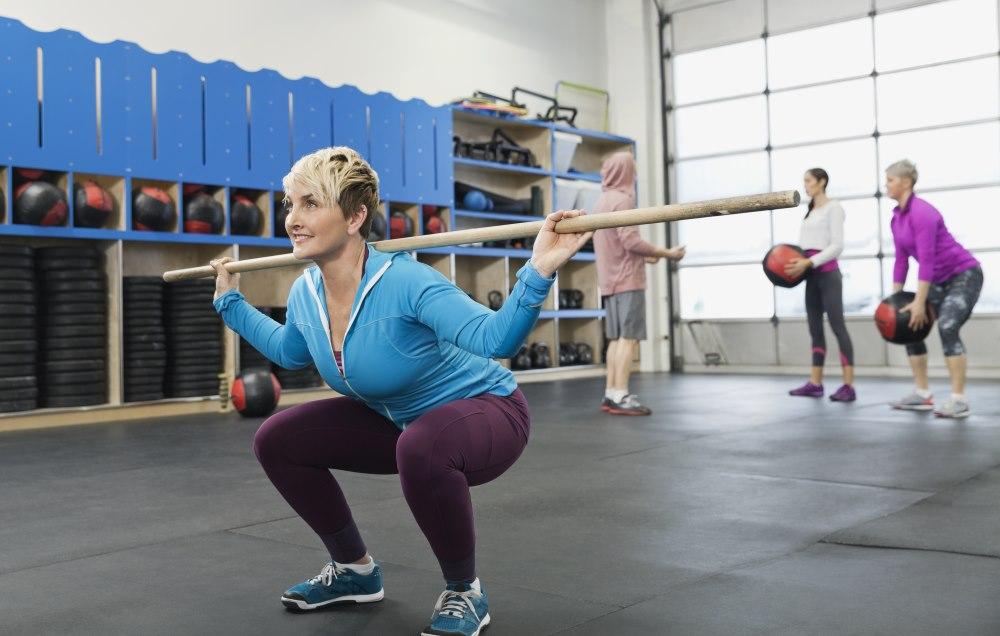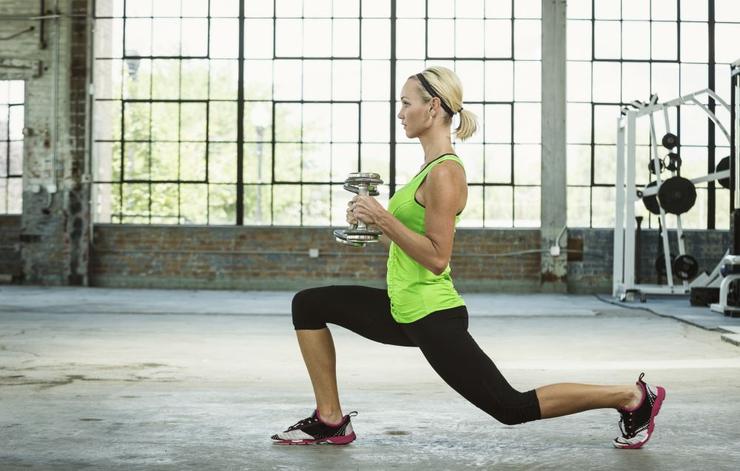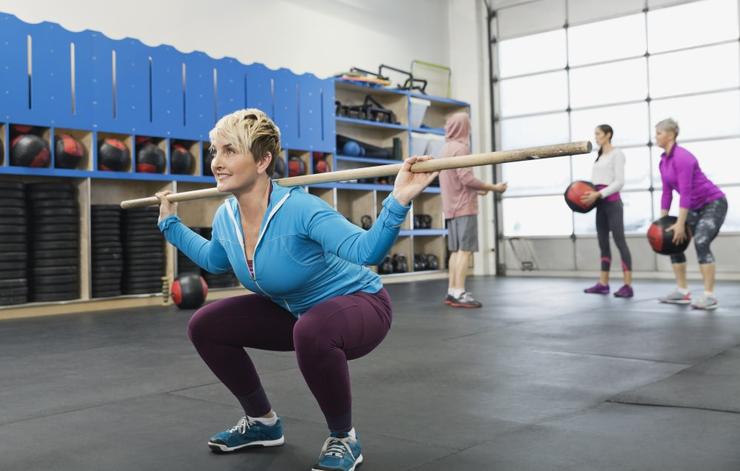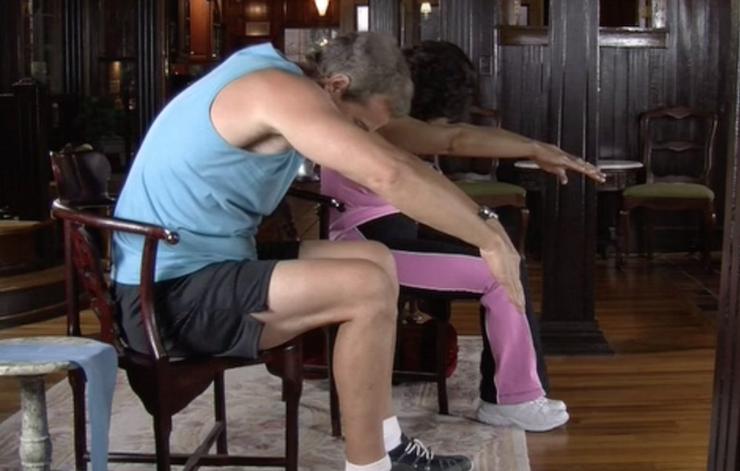Click here to see the original story
There are exercises for your butt, your legs, your arms, your spare tire, even your ever-texting achy thumbs. So considering the bladder itself is a muscle—and it’s surrounded by other muscles—it makes sense that you can whip that puppy into shape, too.
Of course, unless you already have the occasional leakage due to aging, genetics, or childbirth, you might not focus much exercise attention on your bladder. But strengthening those down-there muscles can stop (or prevent) so-called stress incontinence in its tracks, says Candace Howe, MD, a board-certified ob-gyn in private practice in Newport Beach, California. “Who wants to undergo surgery?” Howe says. “I’m a surgeon, and I tell my patients I wouldn’t want to! If we can fix incontinence withexercise, that’s preferable.”
When Suzanne Andrews, host of Functional Fitness, was experiencing urinary incontinence after the birth of her son, her doctor told her to consider surgery. As an occupational therapy clinician, Suzanne was seeing patients with the same symptoms, and realized her exercisebackground could help. She created the 30 Day Bladder Fix, a pelvic floor strengthening DVD that combines seated and lying exercises to help control incontinence. “I remember the day I realized I didn’t have it anymore,” Andrews says. “I sneezed and nothing came out!”
So how do you fix incontinence with exercise (which, by the way, affects around 25% of women, Howe says)? With these simple but crucial moves. While there’s no magic number of reps or sets that will solve your pee problems, Howe says practicing these daily for around 6 weeks or so should bring some relief.
